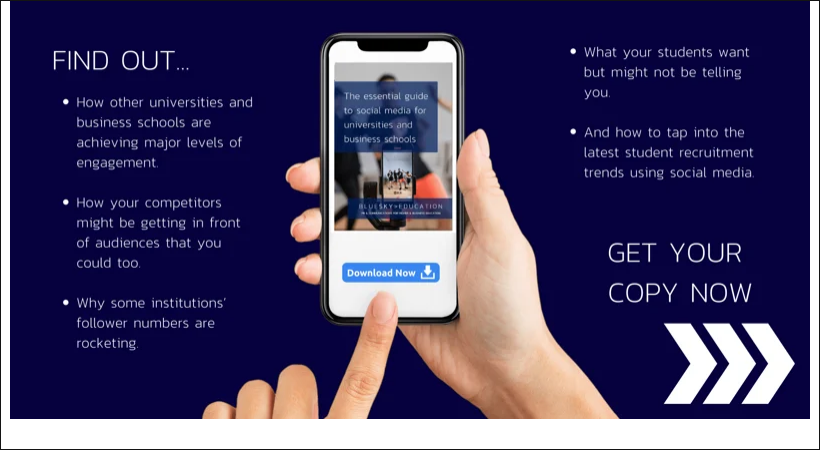The use of social media has grown rapidly over the last decade, and even more so in the past few years. For this reason, individuals and companies are really understanding the importance of social media as a promotion tool, we didn’t get the term ‘Instagram influencer’ out of thin air but recent years have proven that anyone can use social media to promote themselves, or in this scenario, their research.
Academics promoting their research on social media is also an effective way to promote your business school or university because social media platforms, especially X (Twitter) and LinkedIn, are where your institution’s target audience is.
So, you know that it is important for your faculty to promote their research on social media, but how can they do this successfully?
Be an active user
Promoting research on platforms such as LinkedIn and X is fairly simple, the difficult part is maximising the number of people who see it. What your faculty need to do is increase the number of followers or connections they have, and this will increase the number of people who engage with them.
First off, especially for those less comfortable or unfamiliar with social media, it’s important for them get a feel for each platform and their unique style of content, tone, and post frequency. When promoting research on social media, you don’t want your faculty to come off as stiff, waffling, or generally out of touch. So get them to read and learn what other people post, and make sure that they don’t use academic jargon – it can put people off!
Your faculty need to create a network of people, pages, and user habits that will help them in the long run. The more people they follow, the more people will read their research; the more they engage with other content, the more likely it is that someone will come across their page. Doing these things will increase the likelihood that the right people will see their research, and then look into the institution that they are from.
No jargon
Now I mentioned this above, but it is really important that when using social media to promote their research that faculty do not use any heavily academic jargon. Obviously, the language of the research paper will consist of much of said language and this is something that can make some research less accessible to the general public – which is often not the fault of researchers as journals and publications can have strict formatting and style requirements.
Using social media gives them the opportunity to translate it in a way that the wider public could find interesting and digestible – it helps to bridge the gap between them and those who aren’t experts this particular field but are interested in reading up about it.
My best advice would be for your faculty to follow George Orwell’s six rules for writing, two of which are especially relevant in this scenario: firstly, never use a long word where a short one will do, and never use a foreign phrase, a scientific word, or jargon if you can think of an everyday equivalent.
Encourage a conversation
One of the best parts of social media is that it allows you to connect with people all over the world with just a click of a button. For faculty, this means connecting with faculty members at other institutions, or engaging with prospective students who live on the other side of the world.
So, to ensure these people are seeing the research, faculty members should try to encourage a conversation when posting. This can be done with an engaging caption, a short summary, but the best way is to either create a poll or ask a question to spark interest. They can also try doing a series of posts, condensing their research, and even tying in other research to support their point.
Another fantastic way to encourage conversation is doing a Reddit Ask Me Anything (AMA), or having their X followers tweet them any questions they may have – whether that’s about the research, or about the school itself. Doing this will not only encourage them to engage, but also have the faculty member function as a valuable and entertaining resource. It helps position them, and by extension, the university or business school, as an expert in their field.
Social media has become an ever-growing tool in academia, and it is a fantastic way for faculty to promote their research, which also promotes the school (and not in an overly promotional way), because it has the right target audience.






